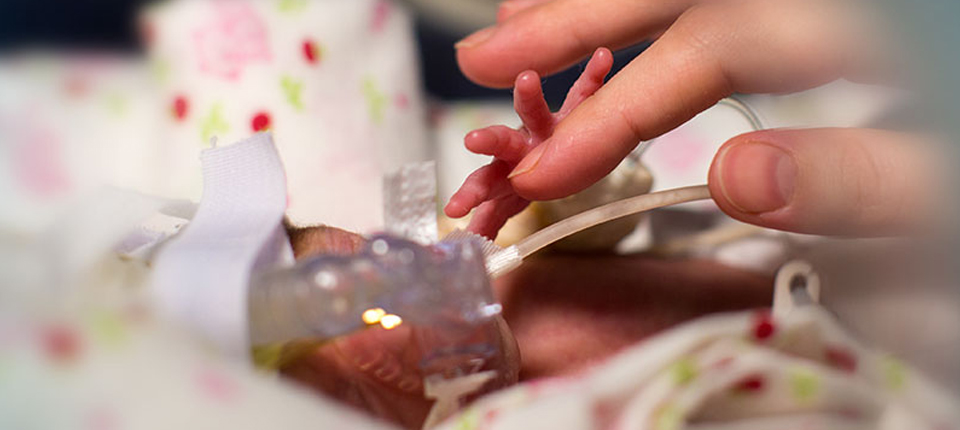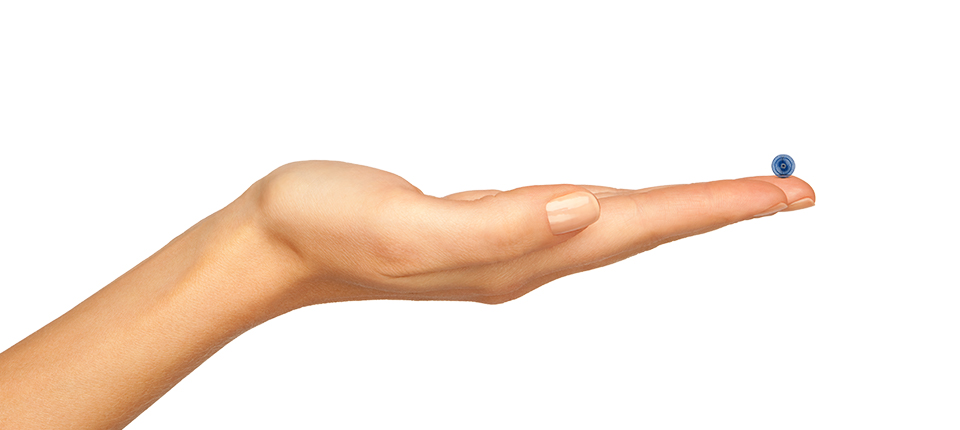AMPLATZER PICCOLO OCCLUDER
Rx Only
Important Safety Information
Indications and Usage
The Amplatzer Piccolo™ Occluder is a percutaneous, transcatheter occlusion device intended for the nonsurgical closure of a patent ductus arteriosus (PDA).
Contraindications
Weight < 700 grams at time of the procedure; Age < 3 days at time of procedure; Coarctation of the aorta; Left pulmonary artery stenosis; Cardiac output that is dependent on right to left shunt through the PDA due to pulmonary hypertension; Intracardiac thrombus that may interfere with the implant procedure; Active infection requiring treatment at the time of implant; Patients with a PDA length smaller than 3 mm; Patients with a PDA diameter that is greater than 4 mm at the narrowest portion
Potential Adverse Events
Potential adverse events that may occur during or after a procedure using this device may include, but are not limited to: Air embolus, Allergic reaction, Anemia, Anesthesia reactions, Apnea, Arrhythmia, Bleeding, Cardiac perforation, Cardiac tamponade, Chest pain, Device embolization, Device erosion, Death, Endocarditis, Fever, Headache/migraine, Hemolysis, Hematoma, Hypertension, Hypotension, Infection, Myocardial infarction, Palpitations, Partial obstruction of aorta, Partial obstruction of pulmonary artery, Pericardial effusion, Pericarditis, Peripheral embolism, Pleural effusion, Pulmonary embolism, Re-intervention for device removal, Respiratory distress, Stroke, Thrombus, Transient ischemic attack, Valvular regurgitation, Vascular access site injury, Vascular occlusion, Vessel perforation
CAUTION: This product is intended for use by or under the direction of a physician. Prior to use, reference the
Instructions for Use provided inside the product carton (when available) or at eifu.abbottvascular.com or at
medical.abbott/manuals for more detailed information on Indications, Contraindications, Warnings, Precautions and
Adverse Events.






FOLLOW ABBOTT